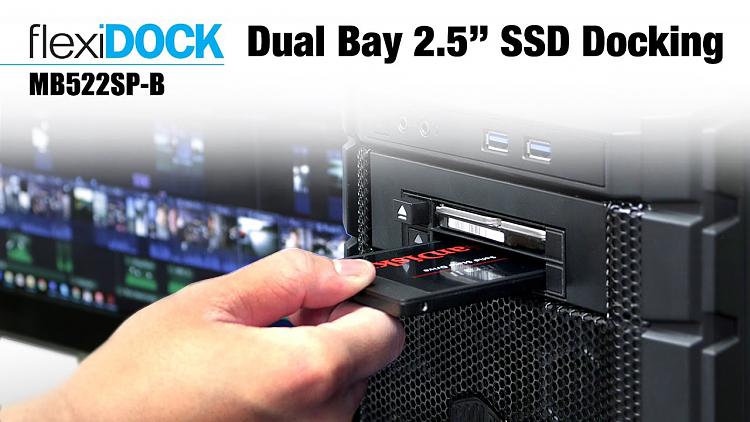New
#1350
Still Stymied
My new Lenovo P15v Gen 2 came with Windows 10 Pro pre-loaded. (I'm reluctantly moving "up" from Windows 7.) I installed a second 500G SSD as drive D:, and I am still trying to relocate the entire \Users folder tree there instead of C:. I'm retired, and will actually be the machine's only user. As soon as I get it to recognize D:\Users, I will install on the new machine most of the apps I've used on the old, and populate each AppData folder on D:\Users\<owner name>\AppData with the current contents of the corresponding folder on my current machine's C:\Users\<owner name>.
I'm less concerned about the standard folders such as "Documents" because I don't use them anyway; I have always preferred to organize both text and data files in folders corresponding to my own needs on a separate data drive.
The problem I described two days ago, in which Kari's relocate.xml script refused to run at all, has been resolved, as I explained soon after my first post. However:
Because this is a Lenovo pre-load, I can't use Kari's Method 1.
Method 2 goes into a loop: after several initialization steps, Windows reboots; etc etc and so forth.
I do have Macrium Reflect, and had made a Recovery thumb-drive as well as a full image of the original drive, so it wasn't very difficult to recover from that situation. However, in searching through this very long thread, I've seen some comments that Lenovo's preload versions of Windows 10 are especially prone to sysprep problems, so bashing away at Method 2 may not be the smartest use of my time.
Obviously, Macrium's "File and Folder Backup" offers a very easy way to migrate all those AppData subfolder from the old machine's C: to the new machine's D: drive. I am also quite comfortable using regedit.
So my question is, could a reasonably small set of regedit steps (taken either before or after that migration process) achieve the same results as the "relocate.xml" script that my Lenovo machine chokes on? Is it sufficient to change the ProfilesDirectory as recently described by another user, or are further steps required?
Thanks!!!


 Quote
Quote

 -- and not one single program, including the Chrome browser, noticed it, let alone crashed
-- and not one single program, including the Chrome browser, noticed it, let alone crashed 


